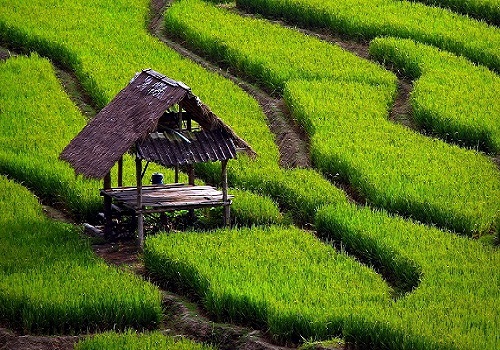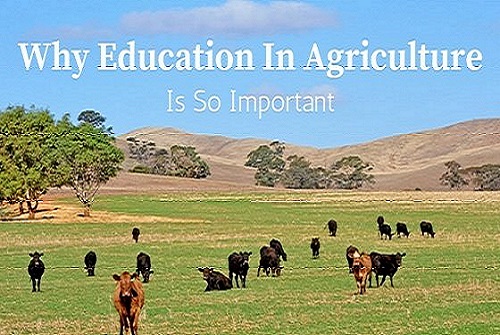India's agriculture is composed of many crops, with the foremost food staples being rice and wheat. Indian farmers also grow pulses, potatoes, sugarcane, oilseeds, and such non-food items as cotton, tea, coffee, rubber, and jute (a glossy fiber used to make burlap and twine). India is a fisheries giant as well. A total catch of about 3 million metric tons annually ranks India among the world's top 10 fishing nations. Despite the overwhelming size of the agricultural sector, however, yields per hectare of crops in India are generally low compared to international standards. Improper water management is another problem affecting India's agriculture. At a time of increasing water shortages and environmental crises, for example, the rice crop in India is allocated disproportionately high amounts of water. One result of the inefficient use of water is that water tables in regions of rice cultivation, such as Punjab, are on the rise, while soil fertility is on the decline. Aggravating the agricultural situation is an ongoing Asian drought and inclement weather. Although during 2000-01 a monsoon with average rainfall had been expected, prospects of agricultural production during that period were not considered bright. This has partially been due to relatively unfavorable distribution of rainfall, leading to floods in certain parts of the country and droughts in some others.
Modern agronomy, plant breeding, agrochemicals such as pesticides and fertilizers, and technological developments have sharply increased yields, while causing widespread ecological and environmental damage. The major agricultural products can be broadly grouped into foods, fibers, fuels and raw materials (such as rubber). Food classes include cereals (grains), vegetables, fruits, oils, meat, milk, fungi and eggs.





